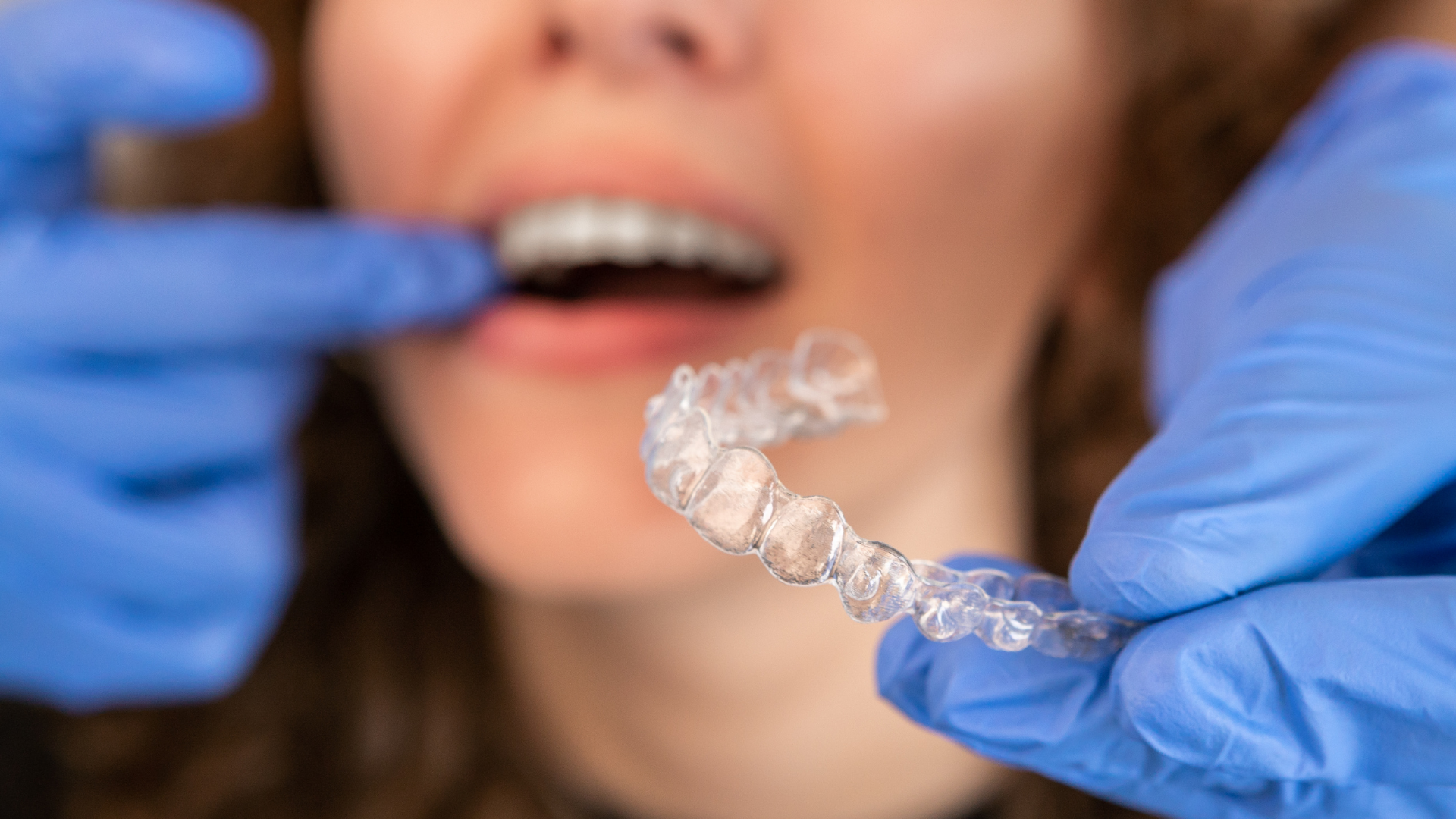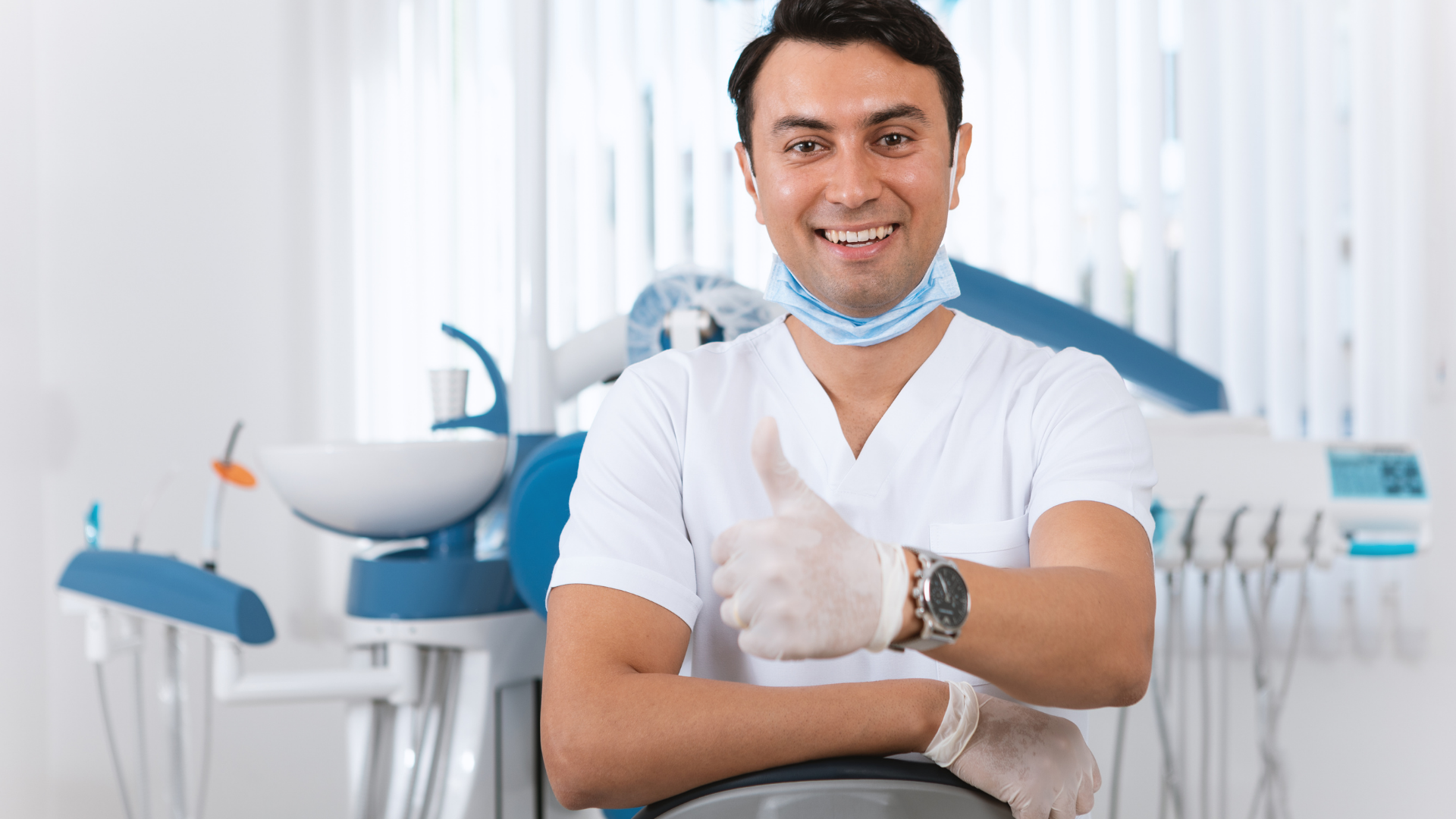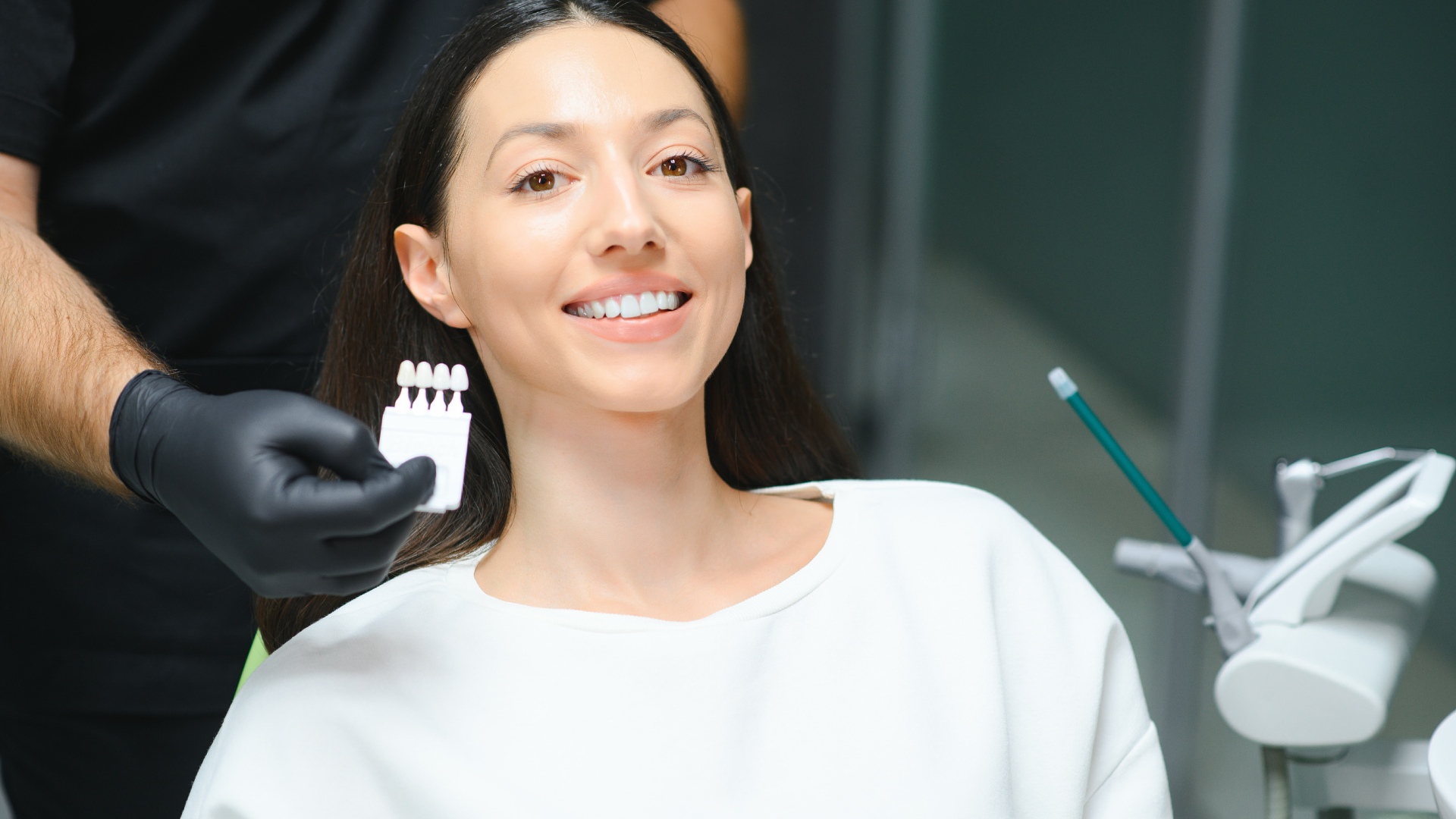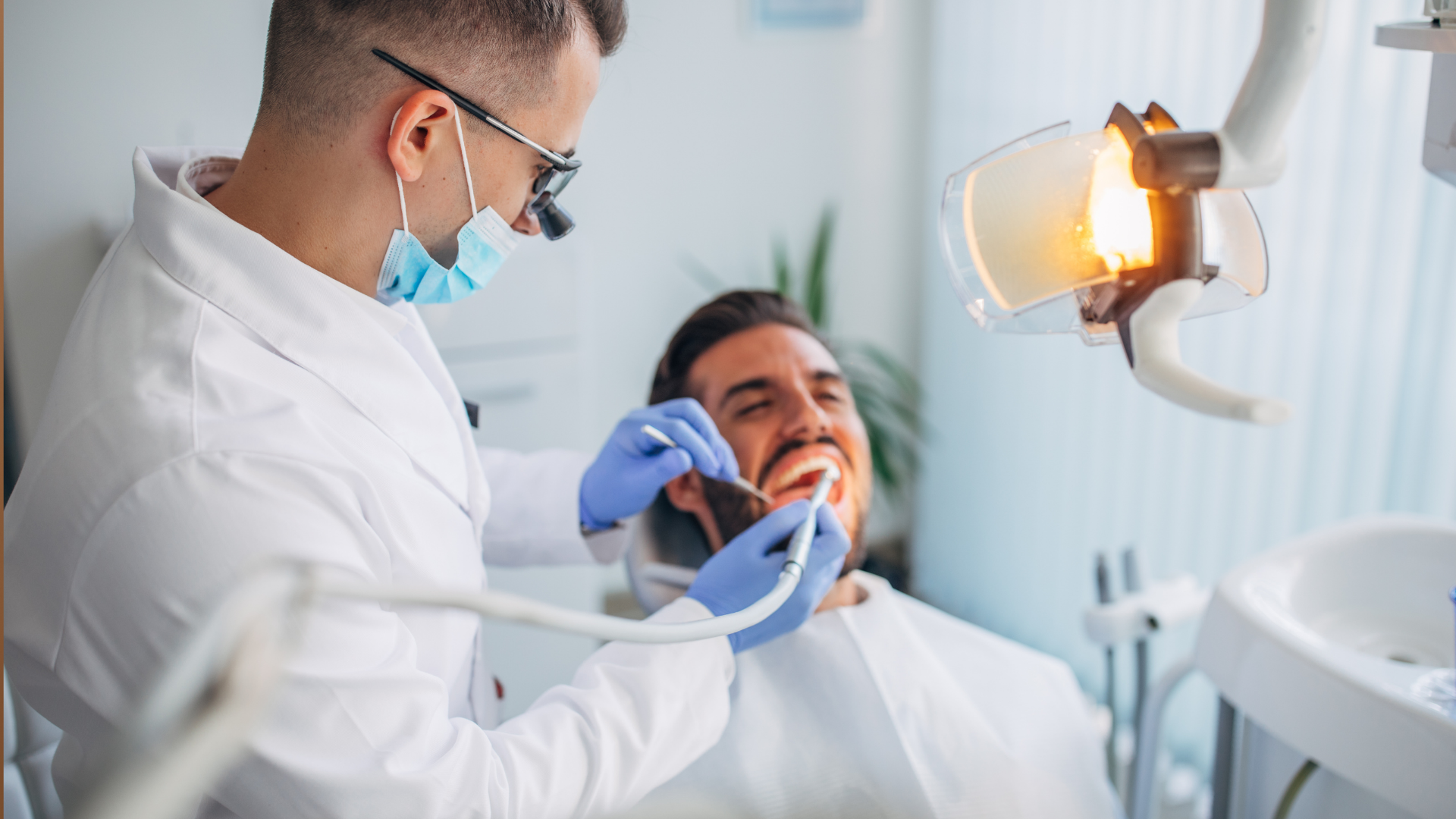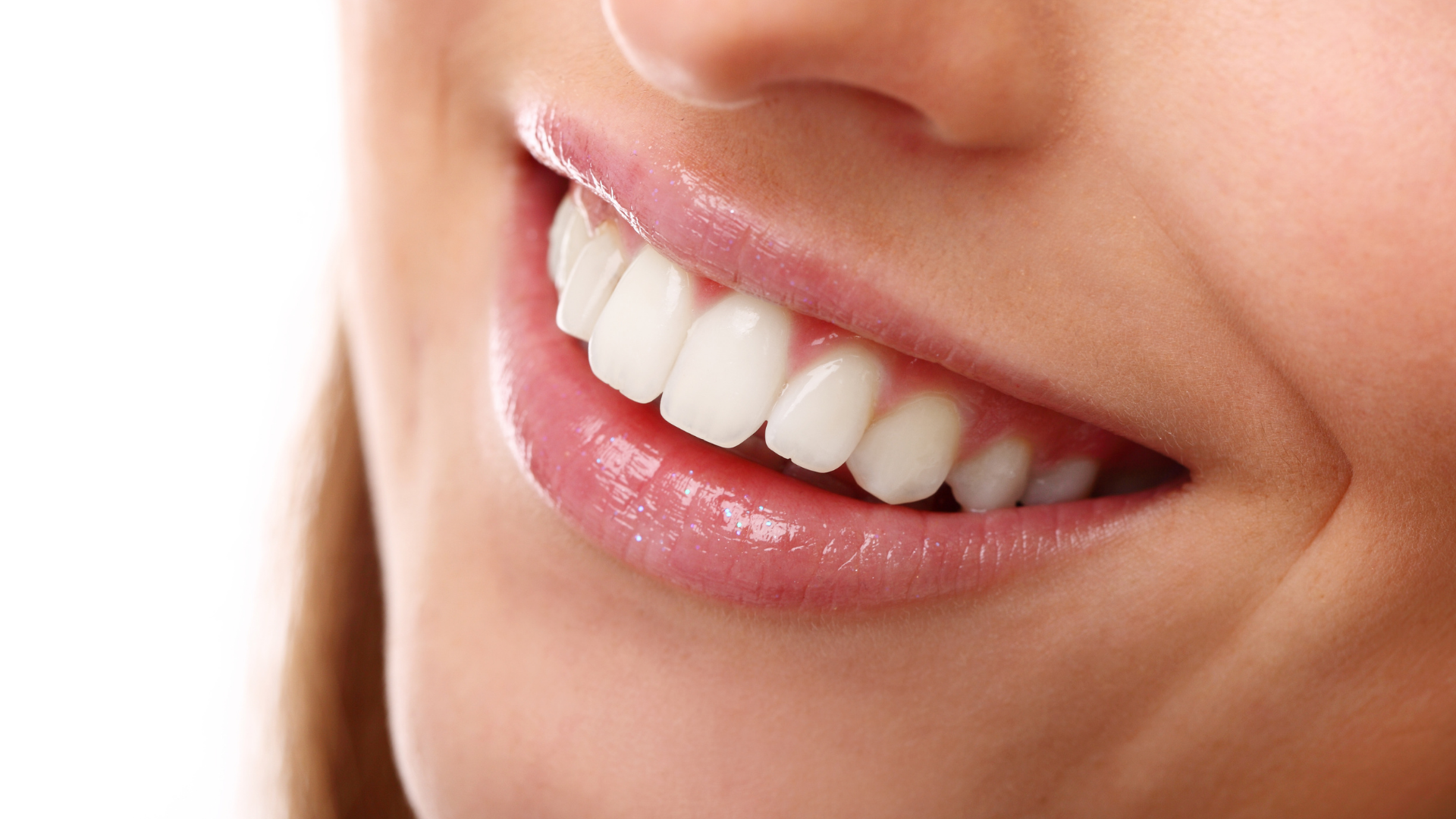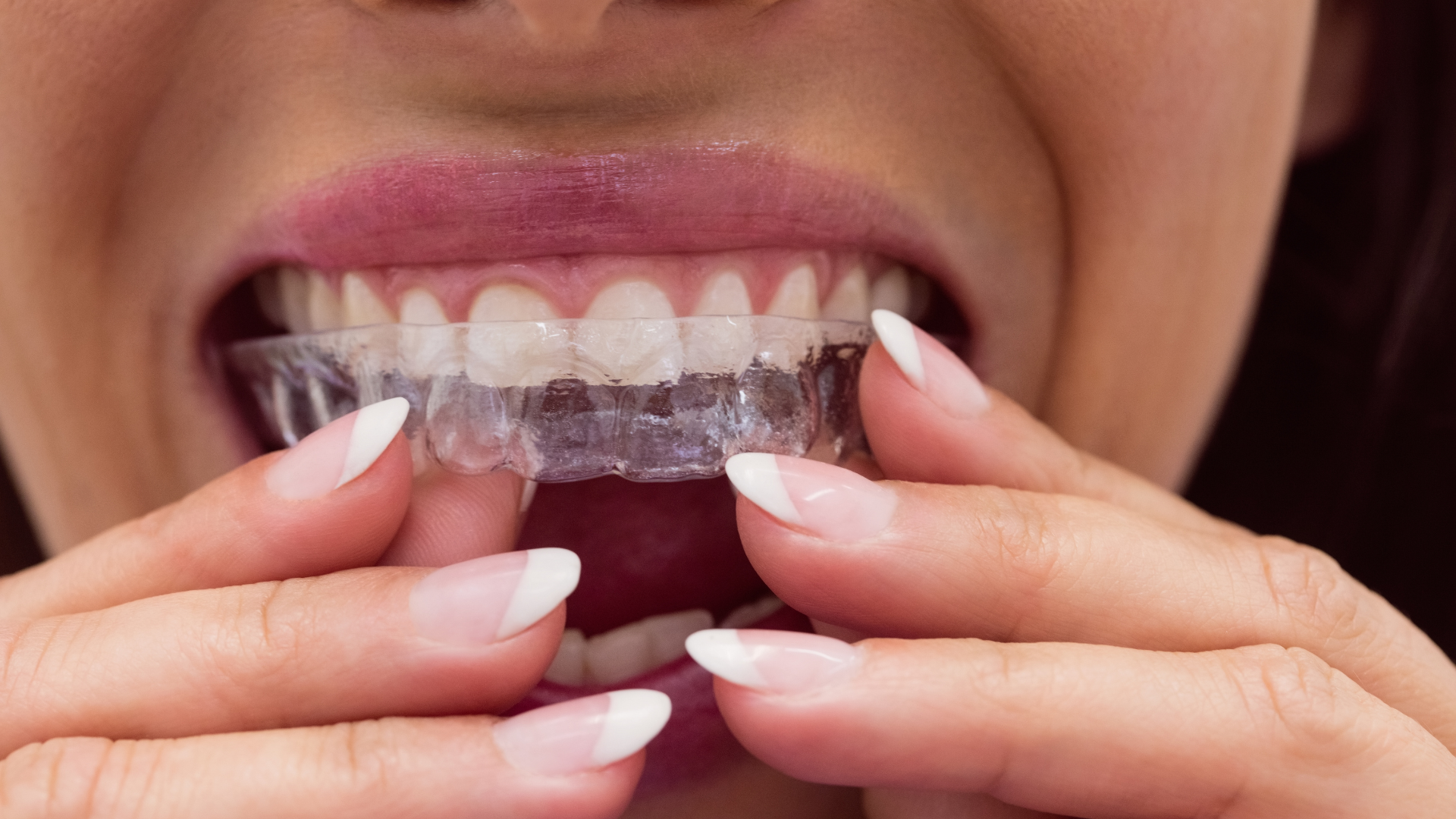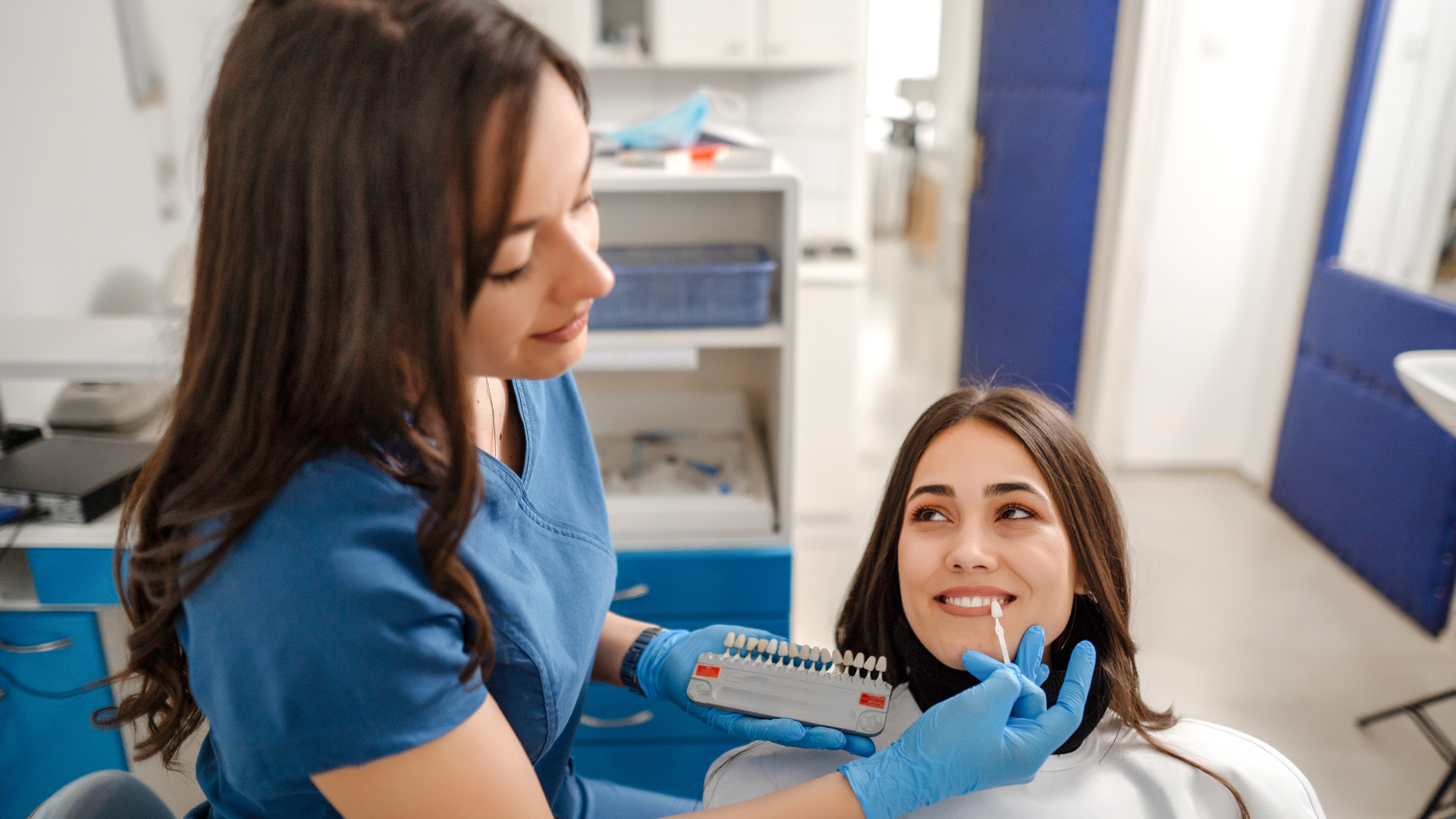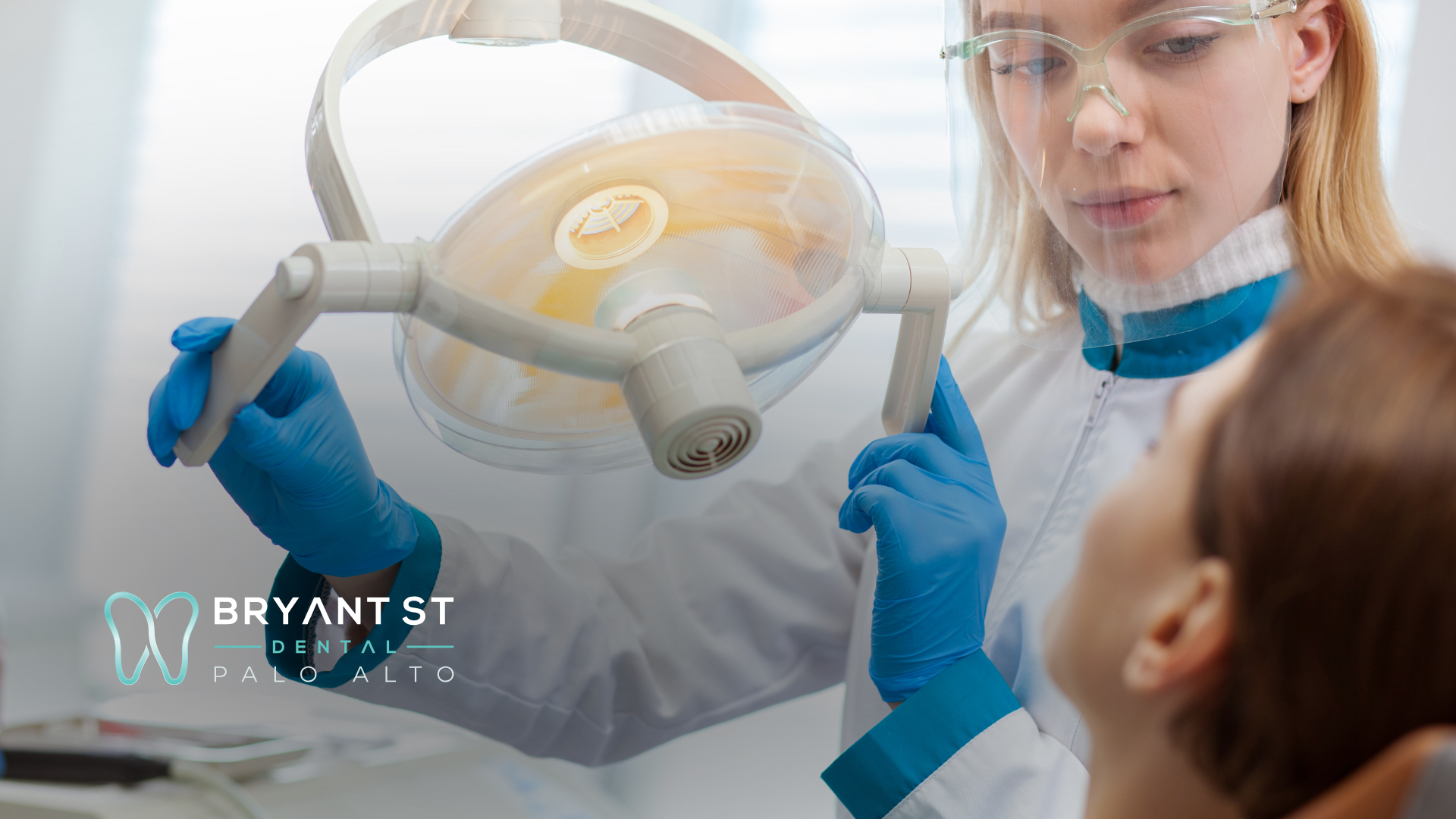At Bryant St Dental, we are proud to offer cutting-edge technology with 3D scanners.
At Bryant St Dental, we are proud to offer cutting-edge technology with 3D scanners.
Request Appointment
It’s incredible to see the advancement of dental technology in the past decade. Dr. Abed feels driven to invest in advanced technology, knowing he will improve the care and treatments for patients in his practice. In dental care, one of the most used and beneficial technologies involves dental imaging. This advanced technology has raised the bar for accurate diagnosis and precise treatment plans.
Visual examination and older x-ray imaging do identify some conditions but, there are aspects of dental health that remain undetected by the inadequacy of the older technology.
An advanced technology called Dental Cone Beam Computed Technology (CBCT) is x-ray equipment that produces 3D images. The 3D image shows the tooth structure and all the details affecting nerve pathways, soft tissues, bone health, and more.
The improved diagnostics and precision in treatment planning go a long way to minimize invasive procedures. Thanks to this advanced technology, we can maximize long-term dental health benefits.
We are happy to report lower radiation levels with this technology, but higher-quality images. The dentist can zoom in and adjust the image as needed as it uploads to the computer screen. This technology is more convenient, and the ability to manipulate scans to see more and gain more information improves the accuracy of diagnosis :
- A precise visual of impacted teeth helps to plan a surgical procedure
- Preparing for orthodontic treatments
- Accuracy with the placement of dental implants
- Diagnostics for the temporomandibular joint disorder (TMJ)
- Detection of potential tumors and cancerous growths
- Evaluations of jaw position, nerve canals, sinuses, and nasal cavities
- Complete information about tooth orientation and bone structure
- Identifying early signs of dental disease
CBCT is a painless imaging tool, and we are confident it will improve your experience at Bryant St Dental. As with other scanning procedures, you will be asked to remove items that might interfere, such as eyeglasses, jewelry, hearing aids, hairpins, and removable orthodontics or dental work.
The equipment is a machine with a rotating arm. You remain still for 20 to 40 seconds while many images are taken at various angles as the arm does a 360 rotations around your head. The result is a 3D image.

